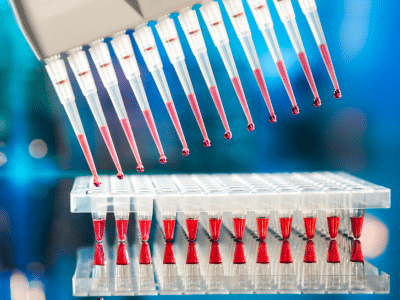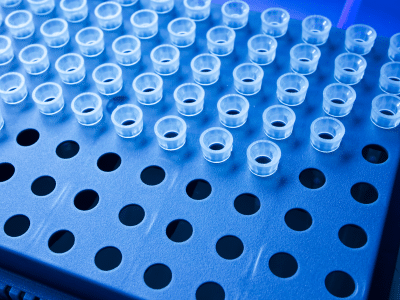Urine chemistry tests can establish or rule out the diagnosis of many diseases related to carbohydrate metabolism, urinary tract, kidney and liver function, acid-base balance, and many other medical conditions.
There are mainly two main urine sampling families for chemistry:
The collection on sample of the first morning urine or the urination collected during the day, or on collection of 24 hours.
Urinary chemistry allows the substances determination that highlight dysfunctions such as:
- Diabetes by glucose measurement,
- High blood pressure via abnormal albumin dosage,
- The proper functioning of the kidneys by the dosage of urea and creatinine,
- Pregnancy by beta hormone HCG dosage
As well as search for drugs and toxics.
There are two main urinary chemistry dosage principles
Semi-quantitative dosing
The ease of access to patients’ urine makes it tempting for practitioners to directly analyze urinary constituents, that can provide them with useful information quickly and at a limited cost. This is the urinary protocols case that can be used through the test strips use. However, to make the best use of the information provided by urine strips, it is necessary to take the time to know their characteristics as well as the limits to their use.
Source: ABC Vol76 Nu6 Pierre Delenaye “Proteinuria and urine strips: a simple technique of complicated interpretation”
Quantitative dosing
There are many analytes that can be measured in the urine. The best-known parameter could be albuminuria generally dosed for the analysis renal function (although there are others and its interpretation is not easy.).
There are several dosage methods :
- Colorimetric: a substrate coloring whose hue is calibrated to determine the concentration
- Immunoturbidimetry and immunophelometry: overall this assay principle is based on the light amount measurement that passes through a container. The light amount will be inversely proportional to the concentration of the analyte.
- HLPC: high-performance liquid chromatography. There are several principles, but it allows the identification, separation, and chemical compounds determination in a mixture.
- LC-MS/MS: Liquid chromatography – mass spectrometry: This is still HPLC but it is coupled to a mass spectrometer. It becomes the reference method with a significant improvement in the limit of quantification.




